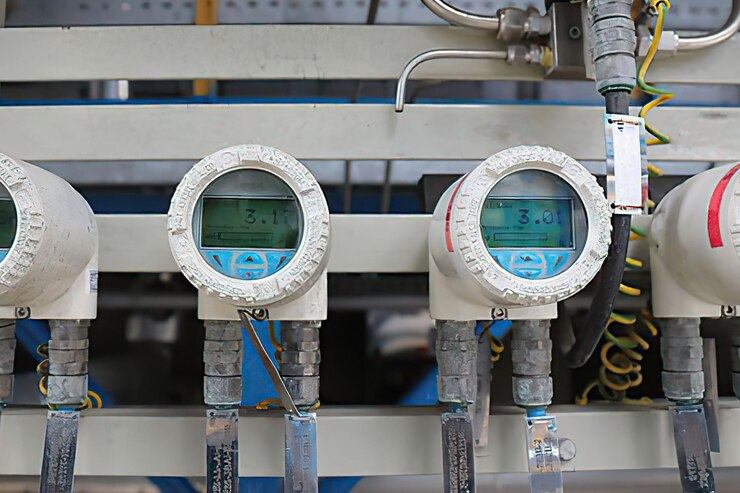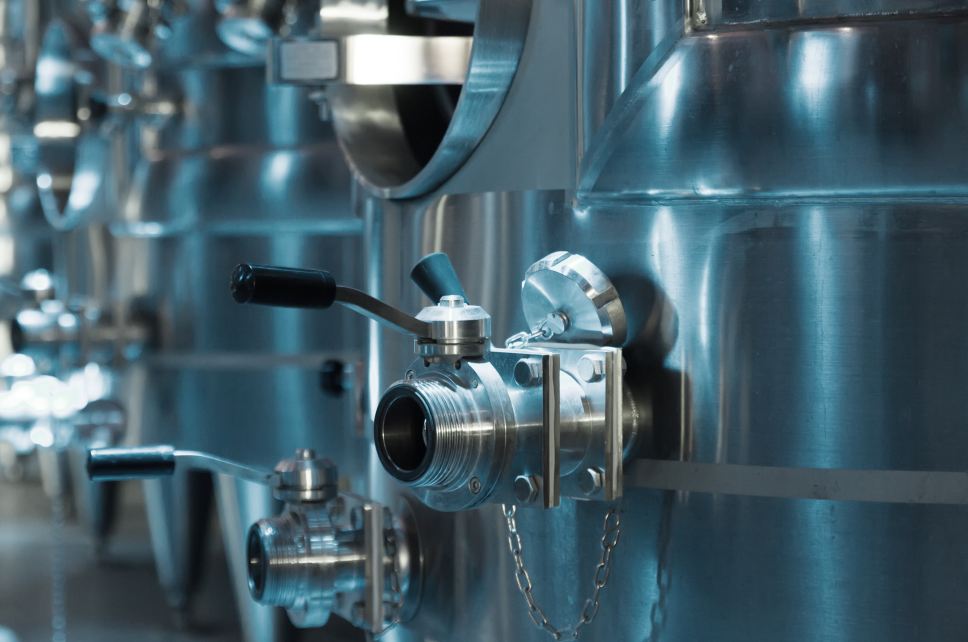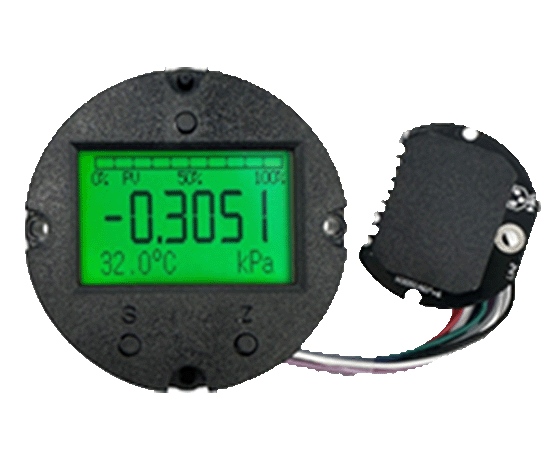How to Evaluate the Reliability of a Pressure Transmitter Board Under Stress?
What is a Pressure Transmitter Board and Why Does Its Dependability Matter?
A pressure transmitter board is an important part in many industrial setups. It gauges the pressure of gases, liquids or steam. Then, it turns these readings into electrical signals for tracking and managing systems. For example, the H3051 series smart pressure transmitters use top-notch diffused silicon and single-crystal silicon sensors. These work with the HART protocol. You’ll find these boards in fields like petrochemicals, aerospace, water systems and building controls.
How Does a Pressure Transmitter Board Work in Industry?
Pressure transmitter boards are key in automated systems. They check things like gas or steam levels, density and pressure. The data gets turned into a 4-20mA DC signal. This signal links to computers or control gadgets. These boards are a big deal in industrial automation. They give accurate pressure readings in pipelines for chemical and oil industries. They also help monitor equipment to keep things running smoothly. Plus, they track atmospheric pressure for weather stations.
Why is Stress Testing So Important for These Boards?
Dependability is crucial where breakdowns could cause safety issues or money losses. Stress testing makes sure the board can handle tough conditions. Think temperature swings or vibrations. It needs to keep working well. For example, in energy systems or train networks, a glitch could mess up critical tasks. Testing with these stresses helps makers find weak spots early.
How Does ICwalk Make Reliable Pressure Transmitter Boards?
At ICwalk, we put dependability first. We use cutting-edge tech and tough testing rules. Our H3051 series transmitters have dot-matrix displays and universal bridge-resistance sensor circuits. These boost accuracy and keep things stable in different settings. Our focus on quality meets the tough needs of industries worldwide.

How Do Environmental Factors Affect These Boards?
Weather and surroundings can really impact how these boards work and last. Harsh conditions like super hot or humid environments can wear out parts over time.
What Kinds of Environmental Stressors Hit These Boards?
Temperature Changes and Their Effect on Parts
Temperature shifts can make electronic bits expand or shrink. This might cause errors or breakdowns. For instance, quick changes from hot to cold can mess with silicon sensors in these boards.
Humidity and Moisture in Tough Settings
Lots of humidity can lead to water droplets on circuit boards. That can cause short circuits or rust over time. This is a big worry in places like ships or water treatment plants where moisture is always around.
How Does ICwalk Handle Environmental Issues in Design?
At ICwalk, we build products to stand up to the environment. Take our H509 capacitive level transmitter. It has full isolation with up to 1000VDC between the sensor and main circuit, which keeps moisture out and ensures steady performance. Our modular designs also keep things working well in rough conditions.
What Tests Check How Reliable These Boards Are?
Solid testing is a must to make sure these boards meet industry rules for toughness and accuracy.
What Stress Tests Are Done on These Boards?
Thermal Cycling and Why It Matters
Thermal cycling puts the board through hot and cold cycles over and over. It checks if it can handle heat stress without breaking. This test spots issues like weak solder joints or worn-out materials.
Vibration Testing for Toughness
Vibration testing copies the shakes that happen during shipping or in active places like train systems. It sees if the board can still work after lots of shaking.
How Does ICwalk Make Sure Testing is Thorough?
ICwalk uses top-notch testing setups to check every part of our products under stress. For example, our H3051 series goes through tough checks with tech built for industrial use. By mixing smart design with careful quality checks, we make sure our products work well in all kinds of situations.

How Do Materials Affect How Long These Boards Last?
What Materials Go into Top-Notch Pressure Transmitter Boards?
Why Picking the Right PCB Base Matters
The materials used in these boards make a big difference in how tough and effective they are. Good boards use strong bases like FR4, ceramic or polyimide. These keep things stable in heat and strong mechanically. They’re key for staying accurate in different conditions. For example, the H3051 series uses high-quality diffused silicon and single-crystal silicon sensors. These bases make the board more reliable and efficient over time.
Protective Coatings for Extra Toughness
Coatings protect these boards from things like moisture, dust and chemicals. Conformal coatings, like acrylic or silicone, act as a shield against rust. This is super important in tough industries like petrochemicals or marine work. These coatings keep the board working for a long time.
How Does ICwalk Choose Materials for Long Life and Performance?
At ICwalk, we pick materials to make our boards last longer and work better. Our H3051 series has universal bridge-resistance sensor circuits in sturdy 3051 shells with dot-matrix screens. These features improve accuracy and guard against environmental challenges. By using top materials and protective steps, we ensure steady performance across industries.
Can New Tech Make These Boards More Reliable?
How Do Things Like IoT Help With Monitoring?
Real-Time Data and Smart Features
Adding IoT tech has changed these boards big time. It lets them collect and analyze data right away. Smart features track things like pressure, density and flow rates all the time. This catches problems fast, cutting downtime and boosting efficiency. For example, ICwalk’s H3051 series turns data into a 4-20mA DC signal. It connects easily to computers or control devices, helping make better choices.
Predictive Maintenance with Built-In Sensors
Sensors with predictive maintenance can make boards more reliable. They look at past data to guess when something might break. This lets you plan fixes ahead of time. It cuts surprises and makes equipment last longer.
What Cool Features Do ICwalk’s Boards Have?
ICwalk’s boards are built with modern features for today’s industries. Our H509 capacitive level transmitter uses Direct Digital Synthesis (DDS) tech for super accuracy. It also has full isolation with up to 1000VDC to block electrical interference. Other perks include a wide measurement range, easy three-button calibration and a full-view LCD screen for multiple readings. These make our products flexible and dependable in fields like oil, chemicals, water treatment and aerospace.

FAQ
Q: What tests prove toughness?
A: Full testing, like thermal cycling and vibration checks, mimics real-world stress. ICwalk does strict testing on our H3051 series with high-tech setups for industrial use.
Q: How do environmental factors change performance?
A: Things like temperature swings or high humidity can hurt how parts hold up. Protective steps like coatings or modular designs handle these problems well.
Q: Why does material quality matter?
A: Top-grade bases and coatings boost toughness and accuracy in harsh conditions. At ICwalk, we focus on picking the best materials to make products that handle tough challenges reliably.
By tackling these points with smart design and careful quality checks, ICwalk keeps setting high standards for making dependable pressure transmitter boards for industries around the world.






